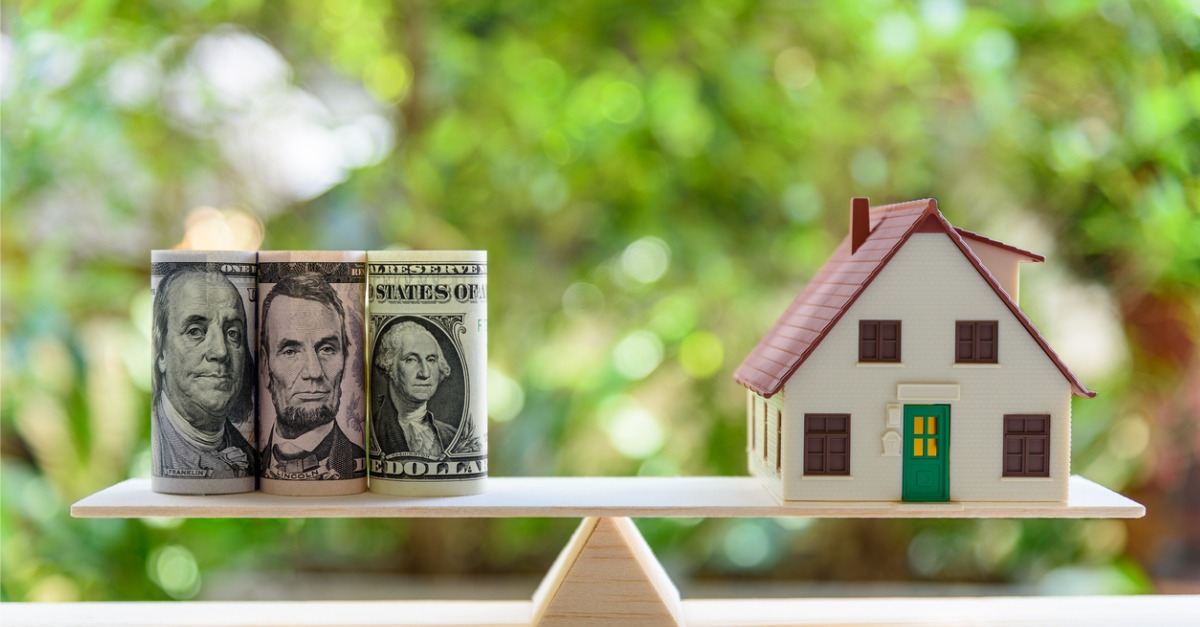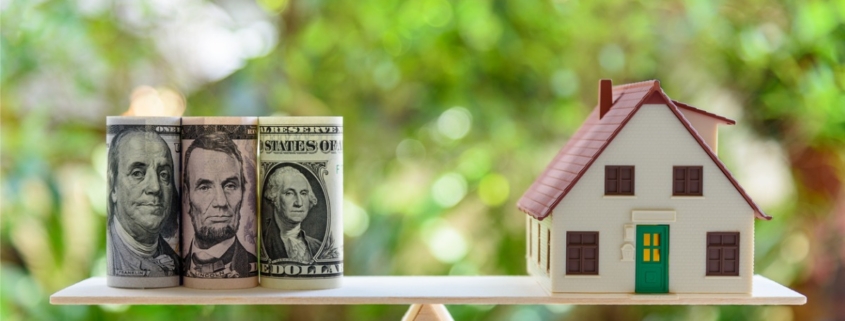Homeowners Insurance & Your Trees: What to Know
Your trees add aesthetic value to your property and provide a number of other compelling benefits to our lives. But in certain conditions, trees could actually be a liability.
Because of this, homeowners insurance companies have strict requirements in place for policyholders, and failure to comply could result in a loss of coverage or denial of claims. Here’s what we want you to know about how your trees can affect your homeowners insurance coverage.
Please note: The following includes generalities of property-insurance policies and is not to be taken as legal advice or definitive information about specific coverages or specific loss. Every policy is different, and we recommend you consult a licensed insurance adjuster or an attorney in your state to interpret each policy.
Which Tree-Related Incidents Will Insurance Cover?
In many cases, homeowners insurance plans cover damage to your property caused by fallen trees or limbs — whether yours or your neighbor’s. This includes damage to your home’s structure and its contents, as well as sheds, fences, and other features on your property. Should a tree on your property fall and damage neighboring homes or structures, your neighbors’ homeowners policy should also cover those damages.
With that in mind, homeowners insurance companies hold their members responsible for maintaining the trees on their properties. For instance, trees that are dead or decaying should be removed promptly, as they pose known risks to surrounding structures and life. If a tree is poorly maintained, dead, or diseased and then damages your home, your insurance company may deny your claim.
If a tree you haven’t maintained properly causes damage to your neighbor’s property, your insurance might pay for those damages through subrogation, a reimbursement process during which they pay back a claim from your neighbor’s insurance company. But if the insurance adjuster believes you were negligent in the matter, your own homeowner’s insurance premium may increase. It’s even possible for your insurance company to deny coverage or refuse to renew an existing policy if they find the trees on your property are overgrown, dead, or otherwise risky.
How to Keep Your Property Protected
Fortunately, the issues of denied coverage and claims are almost always avoidable with proper tree maintenance. In general, most homeowners’ insurance companies prefer that their policyholders keep trees at least several feet away from the house and above the roof. (Be sure to check your policy for specific requirements, however.) In some cases, trees may need professional tree pruning or even tree removal to satisfy these requirements. Taking the time to address these problem trees now could wind up saving you thousands of dollars in the future.
Trees that are dead or diseased should absolutely be remedied, or if possible removed. Signs of an at-risk tree include:
- Visible cracks and other noticeable trunk damage
- Hollow trunk
- Large, dead branches
- A lean of more than 15% from vertical
- Damage to more than half of a tree’s root system, such as from nearby excavating
- Noticeable rot
- Development of shoots or fungus on or around the tree
In some cases, it may be possible to remove only the affected limbs, including those that are at risk of falling due to a split or break.
While trees can be a valuable asset, you need a professional’s help to keep them so. Our certified arborists can help you determine whether a tree or its limbs can be saved, or whether removal is the safest solution for your property and your wallet. Request an assessment from one of our team members online or by calling 404-252-6448.










